Home Inventory with Scanning Features
MTRead13
9 years ago
Related Stories
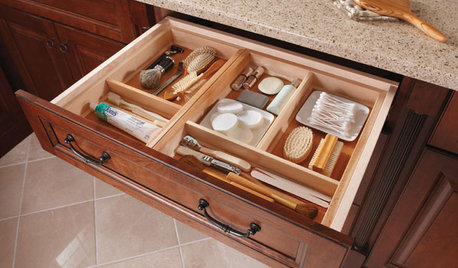
MOST POPULARHow to Create an Inventory, Whether You're Naturally Organized or Not
Documenting your home items is essential, even if disaster seems unimaginable. And it may be easier than you think
Full Story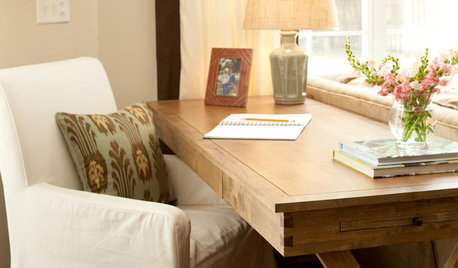
LIFEBe Prepared With a Household Inventory
Document your household's contents the efficient way, then let your list help you streamline your belongings
Full Story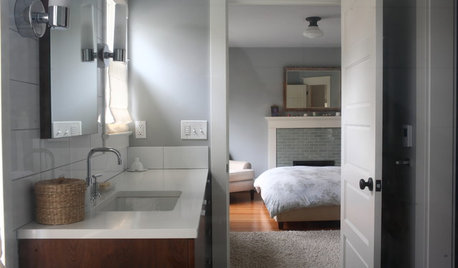
MY HOUZZMy Houzz: New Features for a 1912 Craftsman Gem
A decade of remodeling integrates modern styling into a Portland, Oregon, home for a family of 4
Full Story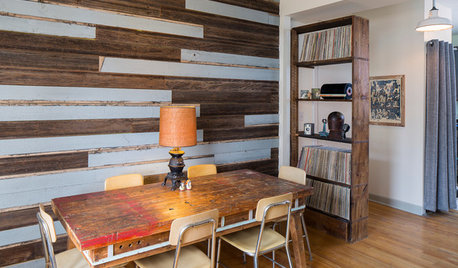
HOUZZ TVHouzz TV: Cool Reclaimed Wood Projects Fill a Craftsman’s Home
Using barn wood, beadboard and beams, this homeowner has crafted furnishings and features for his family’s Chicago home
Full Story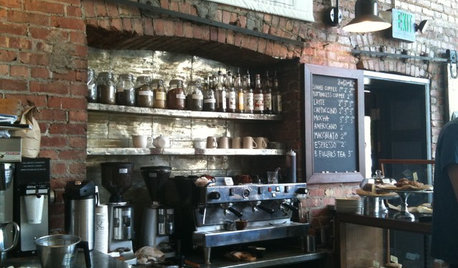
DECORATING GUIDESBrew a Café Look at Home
For a javalicious vibe without the long lines and table hoggers, just borrow from your favorite coffeehouse features
Full Story
DECORATING STYLES5 Essential Moves for Classic Scandi Style
Make your home a homage to Scandinavian style or simply add a few nicely Nordic touches with this checklist of key features
Full Story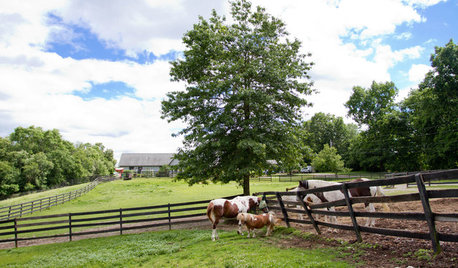
HOUZZ TOURSHouzz Call: Show Us Your Farmhouse!
Bring on the chickens and vegetable patches. If your home speaks country, it might appear in a featured ideabook
Full Story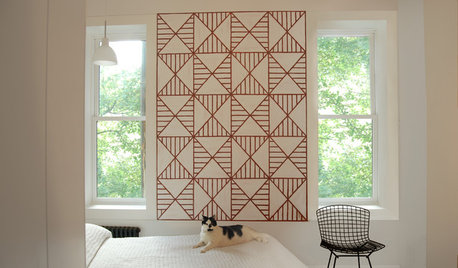
PETSHouzz Call: Send in the Design Cats
Post your best photo of your cat at home, in the garden or with you in your studio. It could be published in a featured ideabook
Full Story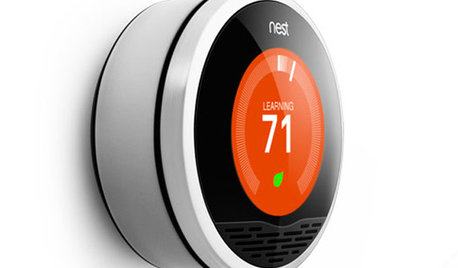
HOME TECHHome Tech: There's an Easier, Affordable Future for Home Automation
Say goodbye to the headaches and high price of current systems, and hello to home automation products for the masses
Full Story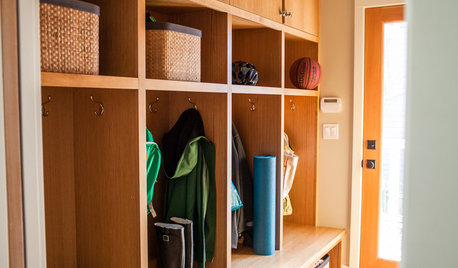
THE HARDWORKING HOMEMudrooms That Really Clean Up
The Hardworking Home: Houzz readers get down and dirty with their ideas for one of the home’s hardest-working rooms
Full Story





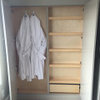
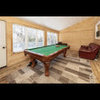

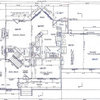
lazy_gardens
MTRead13Original Author
Related Professionals
Ossining Custom Closet Designers · Calabasas Custom Closet Designers · Cusseta Interior Designers & Decorators · Ammon Home Builders · Carnot-Moon Home Builders · Manassas Home Builders · Sun Valley Home Builders · Cypress Carpenters · Golden Glades Carpenters · Hayward Carpenters · Leominster Carpenters · San Marcos Carpenters · Snellville Carpenters · St. Johns Carpenters · Wrentham Carpenterslazy_gardens
graywings123
talley_sue_nyc
talley_sue_nyc
talley_sue_nyc
MTRead13Original Author
talley_sue_nyc
talley_sue_nyc
azmom